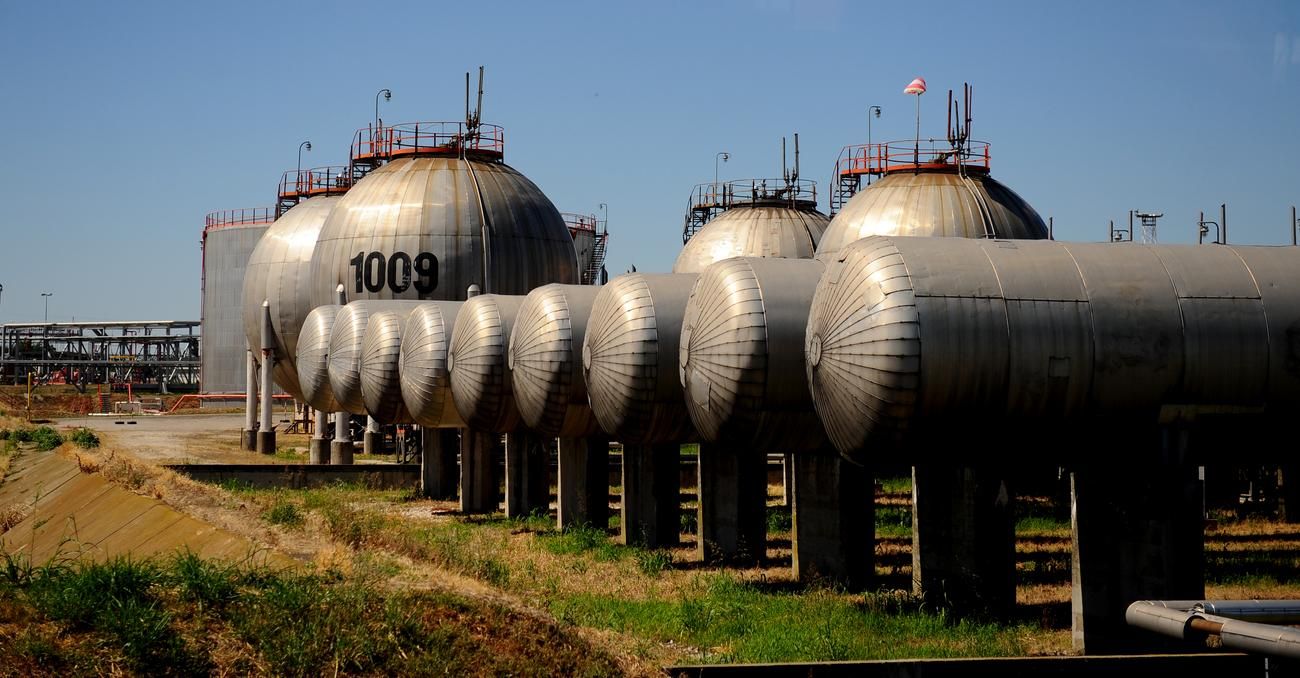Commodities
The price of Brent dropped below $75 per barrel for the first time in more than a year

The price of Brent dropped. Contracts for Brent crude oil to be delivered in May 2023 dipped below $75 per barrel in trading on March 15, Intercontinental Exchange data shows. Below that mark, the price fell for the first time in more than a year – since December 2021. At its lowest price, Brent was $74.04 per barrel, $3.41 (4.4%) less than at the close of trading on March 14 ($77.45 per barrel).
Brent is falling fast for the third day in a row. The price of fuel has fallen by $8.74 per barrel (10.56%) for three trading days: On March 10 trading ended at $82.78 per barrel, and on the weekend of March 11-12, the exchange was closed.
The turmoil affects the price of oil in the banking sector. Collapse of shares of Swiss bank Credit Suisse on the background of its problems and the refusal of the largest investor to inject new money worried world markets and overshadowed hopes for a recovery in oil demand in China, wrote Reuters. Also, three banks in the U.S. have gone bankrupt or closed since early March, including Silicon Valley Bank, which was the nation’s 16th-largest. It became the largest collapsed bank in the U.S. since the 2008 financial crisis. Investors fear a new crisis: The risk of a U.S. recession has intensified amid bank problems, Ole Hansen, head of commodity strategy at Saxo Bank, told Bloomberg.
A statement from the Saudi National Bank, which owns 9.9 percent of Credit Suisse, that it could not make new investments put an end to signs that Credit Suisse had just begun to stabilize, Reuters noted. “Fears of contagion [of the entire banking system] are gaining ground. As a result, the dollar is strengthening and securities are weakening – bad signs for oil,” said Tamas Varga, an analyst at oil brokerage PVM. “Credit Suisse and broader concerns about banks are negatively affecting sentiment. The outlook has suddenly become highly uncertain, and that’s hitting oil prices in the near-term,” said Craig Erlam, market analyst at brokerage OANDA.
The price of U.S. WTI crude fell below $69 a barrel: that hasn’t happened since late 2021 either, Bloomberg noted. The International Energy Agency also took a pessimistic stance in its monthly report and predicted that global oil supply will “comfortably” exceed demand in the first half of 2023, the agency wrote. There are growing concerns that more than 10 years of “easy money” with a sharp increase in key rates at the end “will not end well,” Bjarne Schildrup, senior natural resources analyst at SEB AB, told Bloomberg.
Earlier we reported that oil prices accelerated their fall, continuing the trend from the beginning of the week.
Commodities
Oil prices rise; U.S. crude inventories plunge, Russia-Ukraine truce eyed
Commodities
India’s Reliance to stop buying Venezuelan oil over US tariffs, sources say
Commodities
Oil prices climb on Venezuela supply worries

 Forex3 years ago
Forex3 years agoForex Today: the dollar is gaining strength amid gloomy sentiment at the start of the Fed’s week

 Forex3 years ago
Forex3 years agoUnbiased review of Pocket Option broker

 Forex3 years ago
Forex3 years agoDollar to pound sterling exchange rate today: Pound plummeted to its lowest since 1985

 Forex3 years ago
Forex3 years agoHow is the Australian dollar doing today?

 Cryptocurrency3 years ago
Cryptocurrency3 years agoWhat happened in the crypto market – current events today

 World3 years ago
World3 years agoWhy are modern video games an art form?

 Commodities3 years ago
Commodities3 years agoCopper continues to fall in price on expectations of lower demand in China

 Economy3 years ago
Economy3 years agoCrude oil tankers double in price due to EU anti-Russian sanctions























